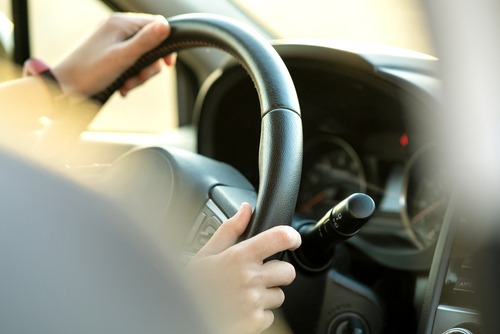
Americans Favor Stricter Enforcement of Texting-While-Driving Laws
A survey from the National Safety Council found that the majority of Americans want stricter enforcement of texting-while-driving laws and stiffer penalties for those convicted.
According to the poll, only 22 percent of respondents believe the current texting-while-driving laws are sufficient, while 73 percent of respondents favor more enforcement and harsher penalties.
More than half (52 percent) of respondents were in favor of a point system for distracted driving offenses, which would eventually lead to the loss of a violator’s driver’s license or an increase in car insurance costs. Approximately half of respondents supported different levels of punishment for first and repeat offenders, and half supported large fines for those convicted of texting while driving.
In the state of New Jersey, both texting while driving and talking on a hand-held device while driving are prohibited. Talking or texting on a hand-held cell phone is punishable by a $200 fine for a first offense, $400 for a second offense, and $600 for a third offense (as well as a possible 90-day suspension of the driver’s license and three motor vehicle penalty points). Hands-free devices are permitted, albeit discouraged, as long as they don’t interfere with safety equipment.
The distracted driving problem has continued to push leaders and federal agencies to act. President Barack Obama issued an Executive Order banning all federal employees from texting while driving. A National Safety COuncil survey showed that employers of all industries, sectors, and sizes are starting to implement policies banning talking and texting while driving.
In December 2011, the National Transportation Safety Board recommended that all 50 states adopt complete bans of all portable electronic devices, including hands-free devices. As of July 2014, no state has passed a law banning all cell phone use while behind the wheel. However, all 50 states (44, to be exact) have banned texting while driving, and 13 states and the District of Columbia have banned hand-held driver cell phone use. In addition, 31 states prohibit teen drivers from any kind of cell phone use, including hand-held and hands-free devices.
A previous National Safety Council studyfound that 21 percent of crashes—adding up to 1.2 million crashes—in 2012 involved talking on hand-held or hands-free phones. An additional 5 percent, or 281,000 crashes, are estimated to involve text messaging. Therefore, at least one quarter of all crashes involve drivers distracted by calls and texts.
A National Safety Council publication called “Understanding the Distracted Brain” outlines several major risks of driving while talking or texting:
-
- Inattention blindness: drivers using hands-free or hand-held devices tend to “look at” but not “see” objects, leading them to miss up to 50 percent of the information in their driving environments
- Slower response time and reaction time: the “attention switching” required for using a cell phone while driving causes decreased response and reaction times
- Problems staying in one’s own lane: “lane keeping” or “tracking” is negatively affected when drivers switch attention back and forth between the road and a cell phone
The National Safety Council was established in 1913 after a charter from Congress. It is a nonprofit organization dedicated to saving lives and preventing injuries and deaths at work, in homes, in communities, and on the road. The National Safety Council embraces leadership, research, education, and advocacy in its mission.

















